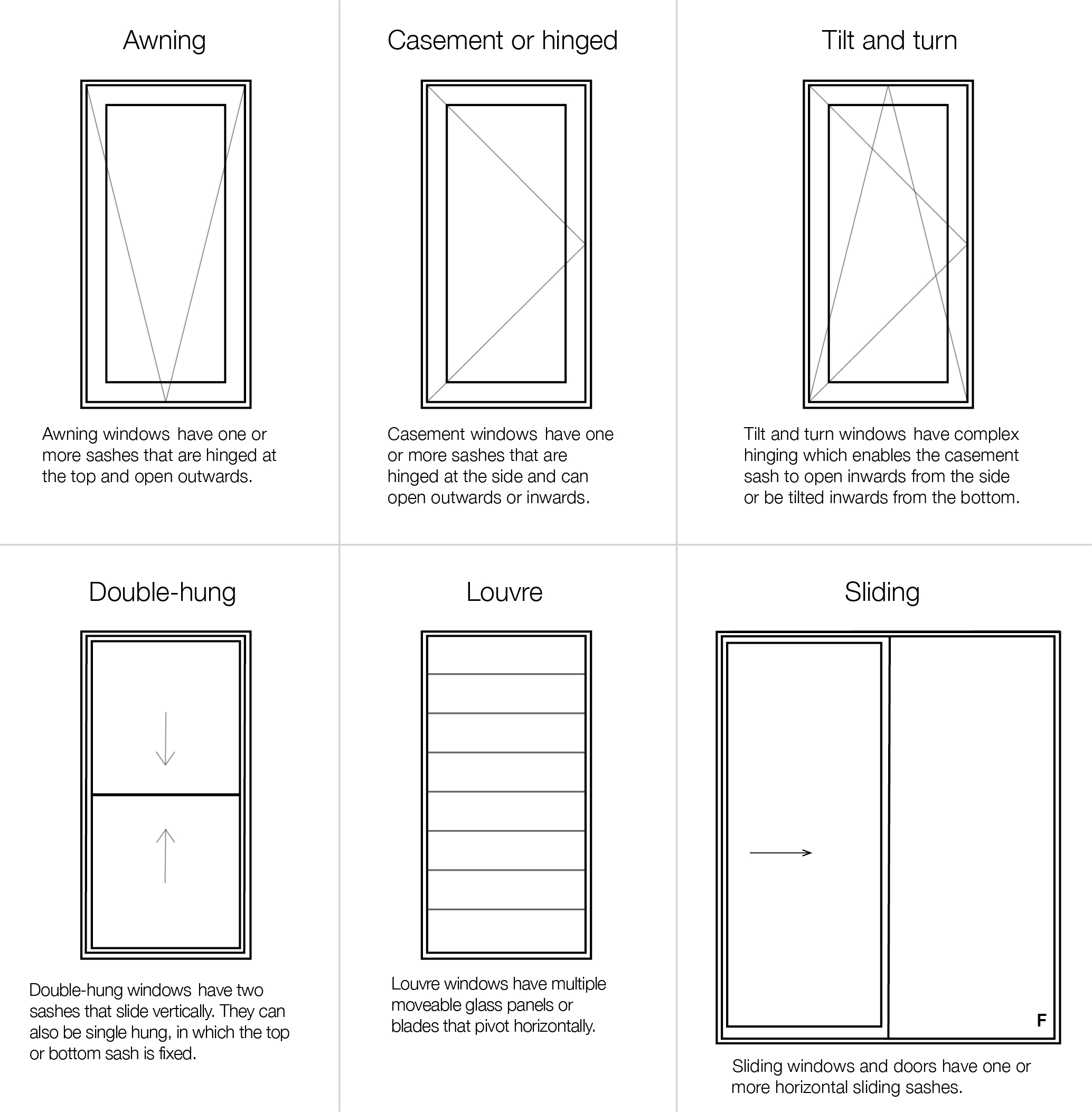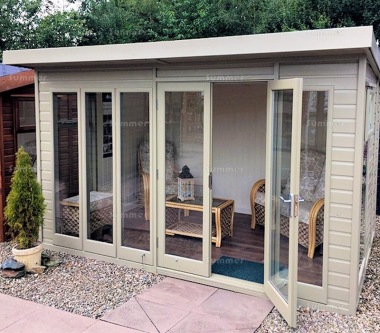All Categories
Featured
Table of Contents
Which Double Glazing Company Is The Best? in Willetton Perth
Glazing merely means the windows in your home, consisting of both openable and set windows, along with doors with glass and skylights. Glazing in fact just implies the glass part, however it is typically used to describe all elements of an assembly including glass, movies, frames and home furnishings. Paying attention to all of these aspects will assist you to accomplish efficient passive design.

Energy-efficient glazing makes your home more comfy and drastically lowers your energy expenses. However, inappropriate or poorly created glazing can be a significant source of undesirable heat gain in summer season and considerable heat loss and condensation in winter. Up to 87% of a home's heating energy can be gained and approximately 40% lost through windows.
A Complete Guide To Double Glazed Windows in Rockingham WA
Glazing is a significant financial investment in the quality of your home. An initial financial investment in energy-efficient windows, skylights and doors can considerably minimize your yearly heating and cooling expense.

This tool compares window selections to a base level aluminium window with 3mm clear glass. Comprehending a few of the crucial residential or commercial properties of glass will help you to select the very best glazing for your home. Secret residential or commercial properties of glass Source: Adjusted from the Australian Window Association The quantity of light that passes through the glazing is known as noticeable light transmittance (VLT) or noticeable transmittance (VT).
Which Double Glazing Company Is The Best? in Wattleup Western Australia
The U worth for windows (revealed as Uw), describes the conduction of the whole window (glass and frame together). The lower the U value, the greater a window's resistance to heat flow and the much better its insulating value.
For instance, if your home has 70m2 of glazing with aluminium frames and clear glass with a U worth of 6. 2W/m2 C, on a winter's night when it is 15C cooler outside compared with indoors, the heat loss through the windows would be: 6. 2 15 70 = 6510W That is comparable to the total heat output of a big space gas heating unit or a 6.
Glass Selector - Custom Single & Double Glazed ... in Maddington Western Australia

If you pick a window with half the U worth (3. 1W/m2 C) (for example, double glazing with an argon-filled space and less-conductive frames), you can halve the heat loss: 3. 1 15 70 = 3255W The solar heat gain coefficient (SHGC) for windows (revealed as SHGCw) measures how readily heat from direct sunlight streams through an entire window (glass and frame together).
The lower a window's SHGC, the less solar heat it sends to your home interior. Glazing manufacturers declare an SHGC for each window type and design. The actual SHGC for windows is affected by the angle that solar radiation strikes the glass. This is called the angle of occurrence.
Plastic Window Frames - Best Plastic Double Glazed ... in Oakford Western Australia
When the sun is perpendicular (at 90) to the glass, it has an angle of occurrence of 0 and the window will experience the maximum possible solar heat gain. The SHGC declared by glazing producers is constantly determined as having a 0 angle of occurrence. As the angle increases, more solar radiation is shown, and less is sent.
Table of Contents
Latest Posts
The Surprising Benefits Of Double Glazing In The Summer ... in Dalkeith Western Australia
Why Install Stunning Double Glazing Windows During Summer? in Glendalough WA
Double Glazing Windows in Osborne Park Perth
More
Latest Posts
The Surprising Benefits Of Double Glazing In The Summer ... in Dalkeith Western Australia
Why Install Stunning Double Glazing Windows During Summer? in Glendalough WA
Double Glazing Windows in Osborne Park Perth